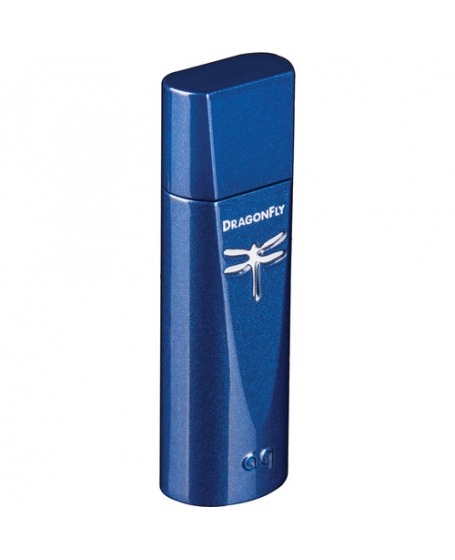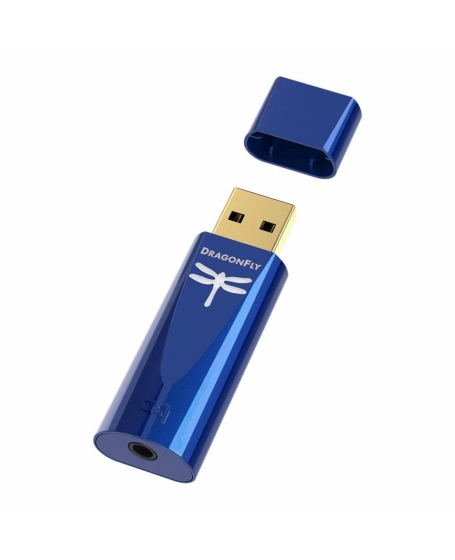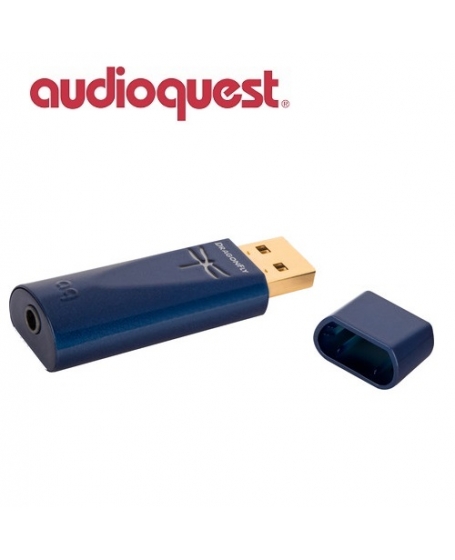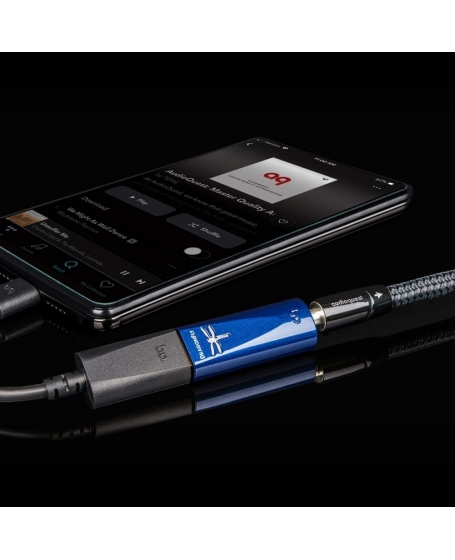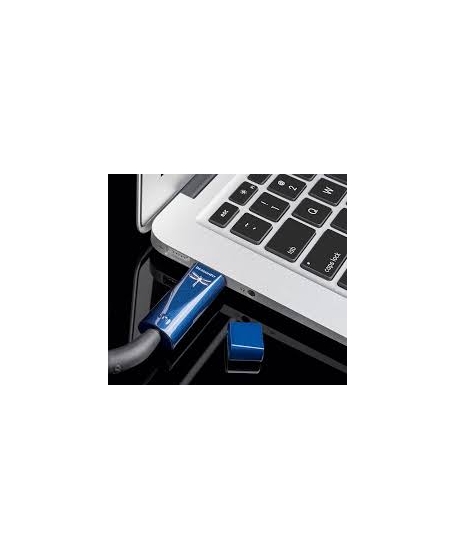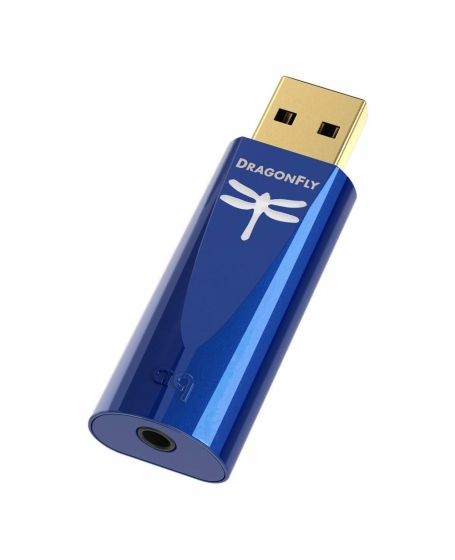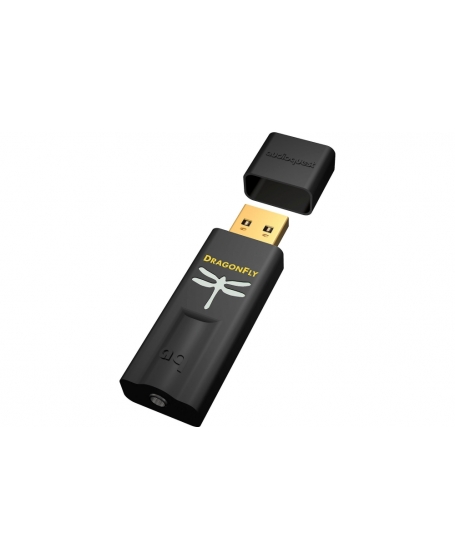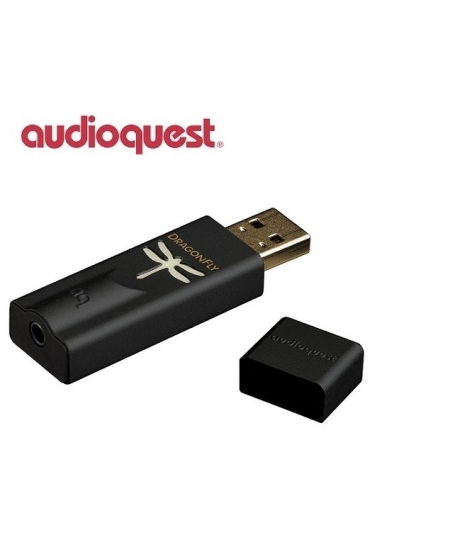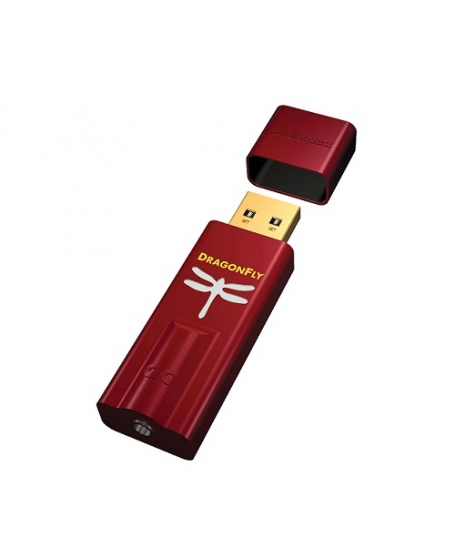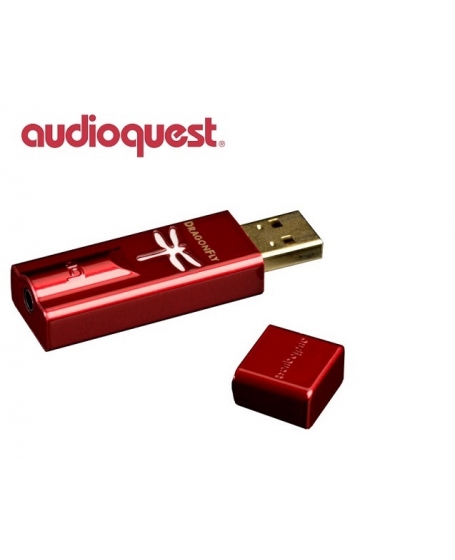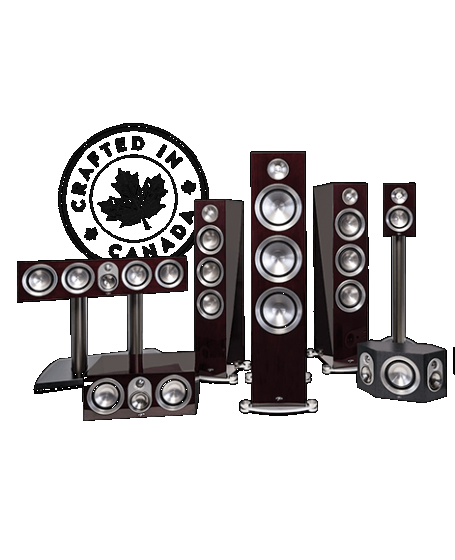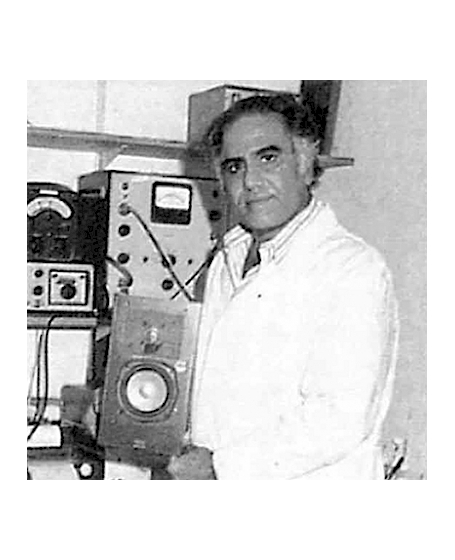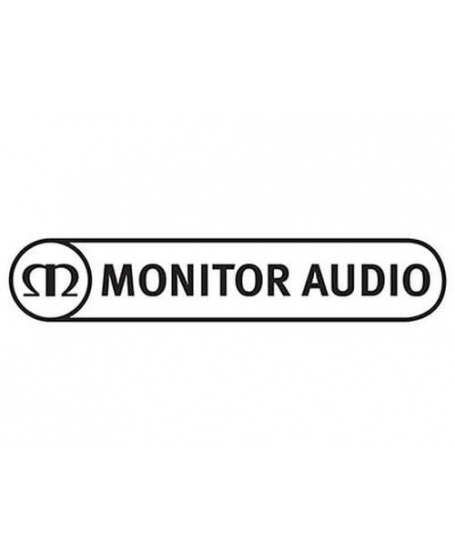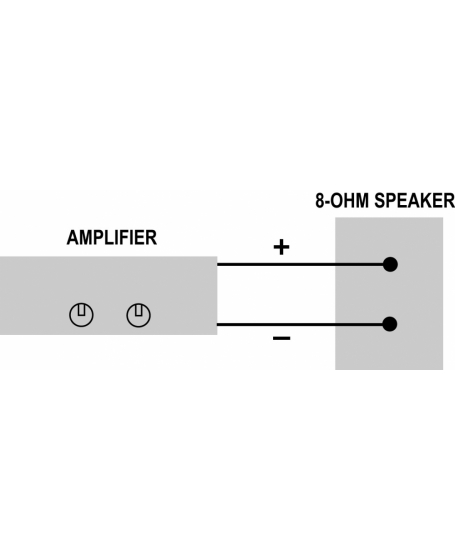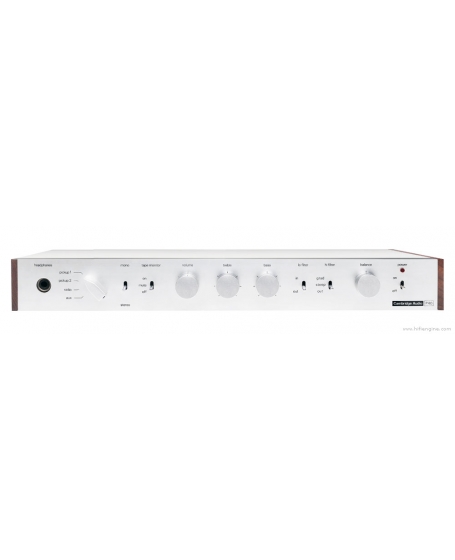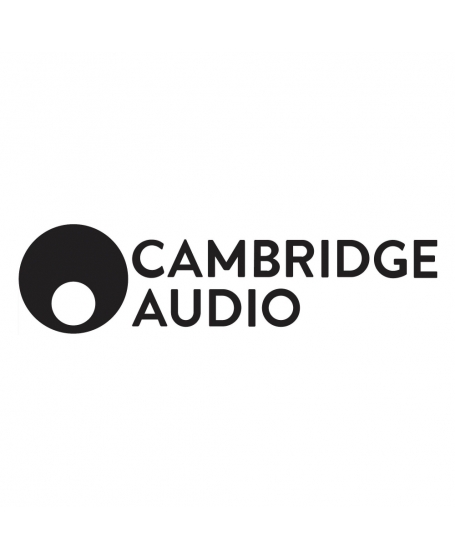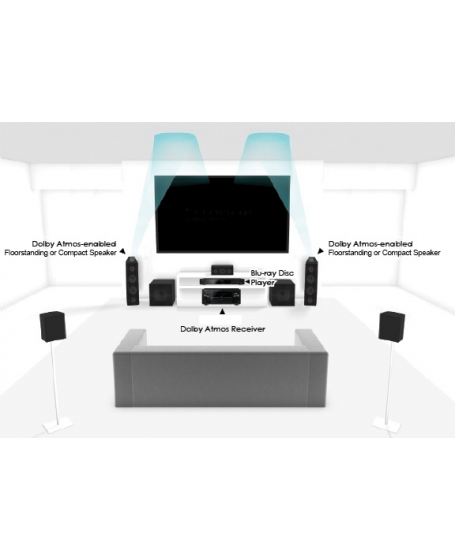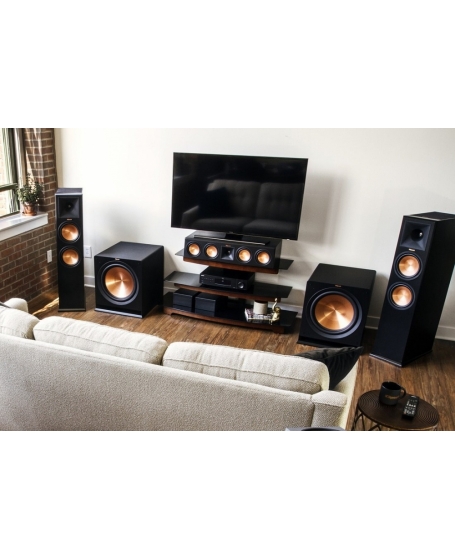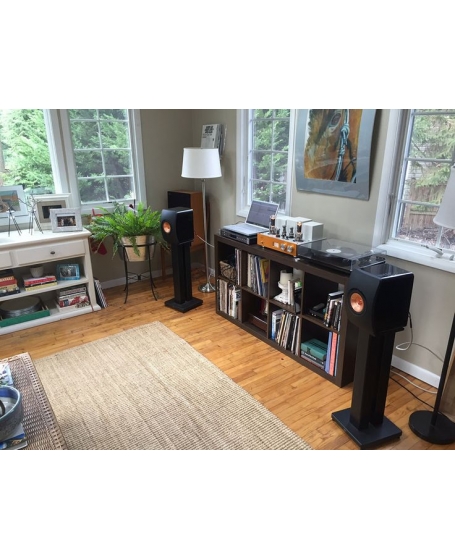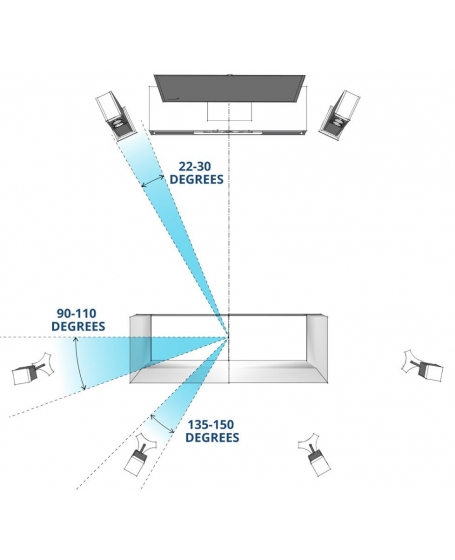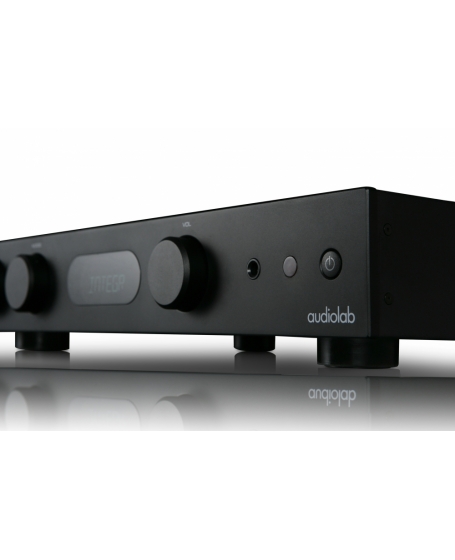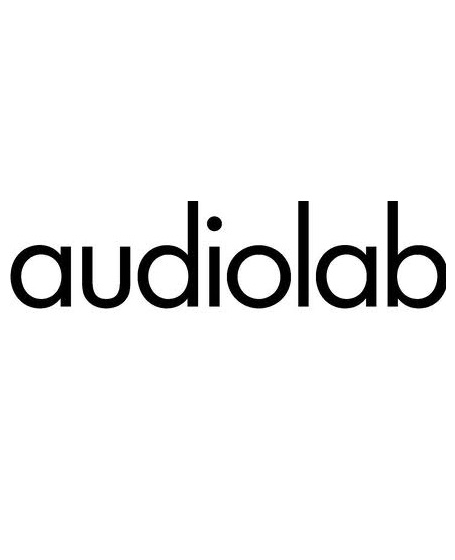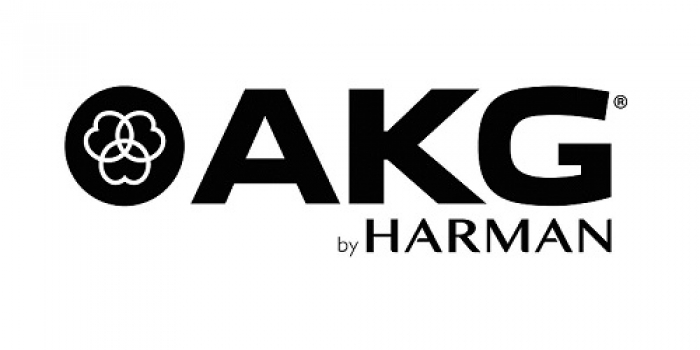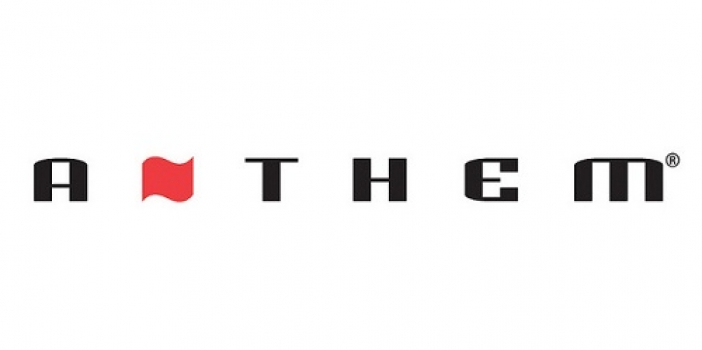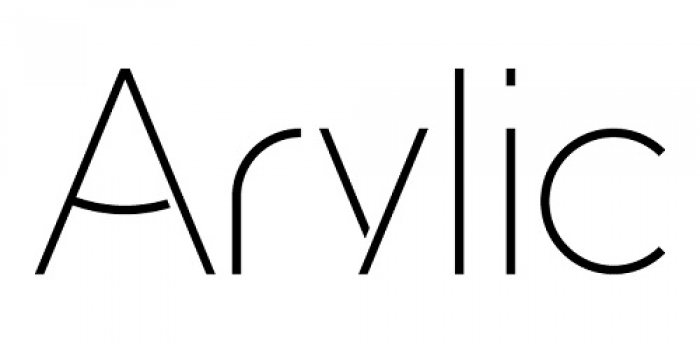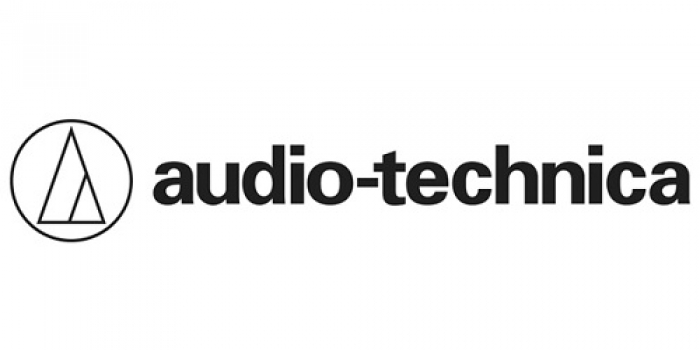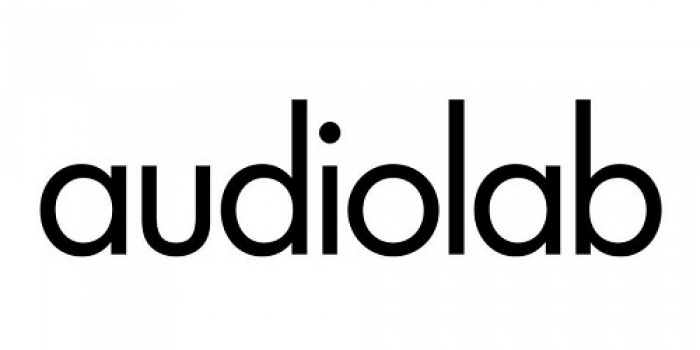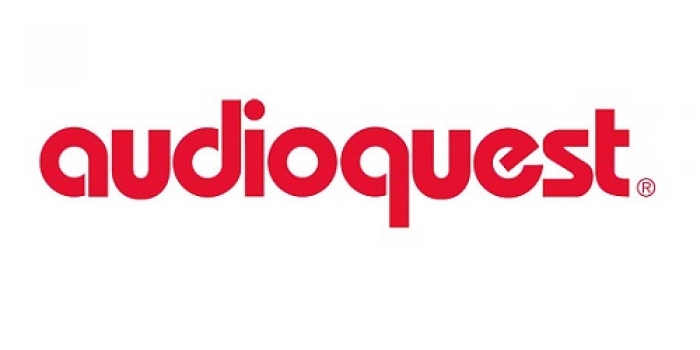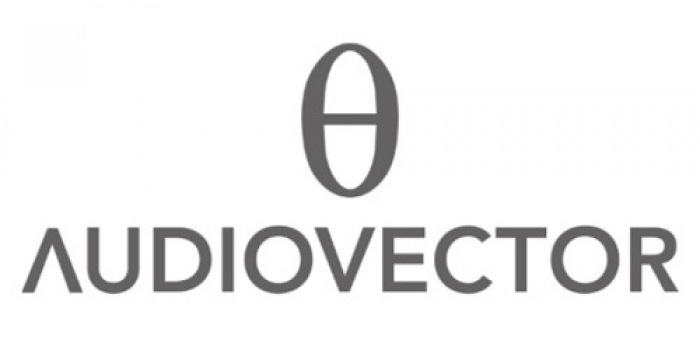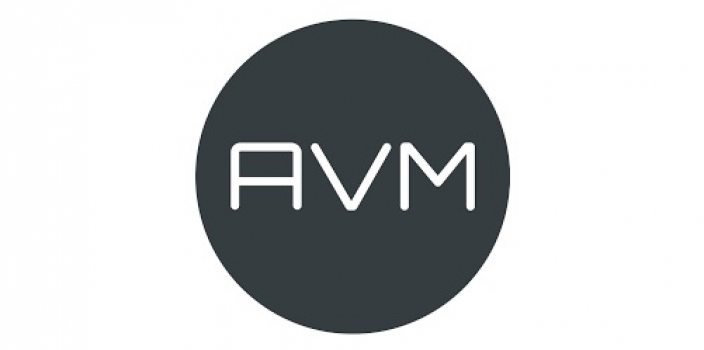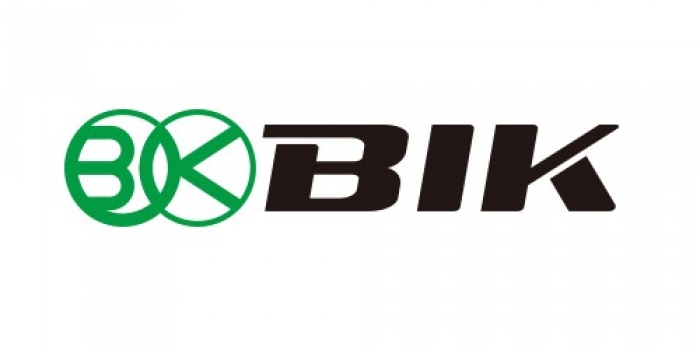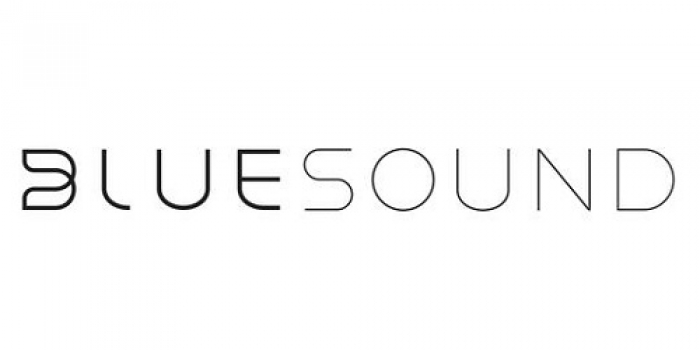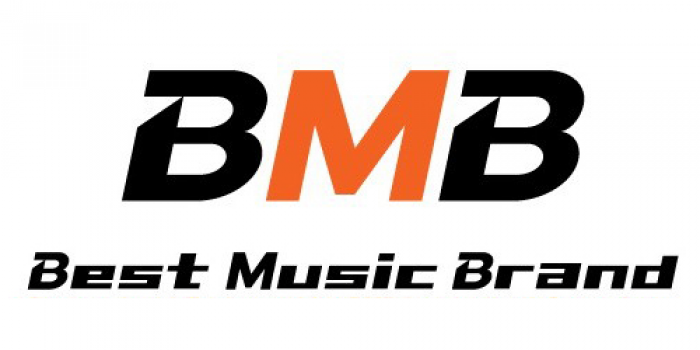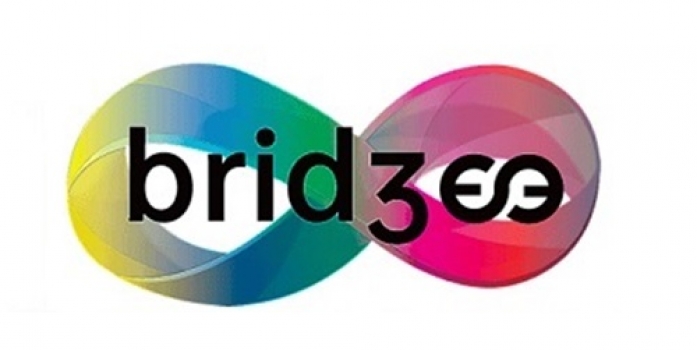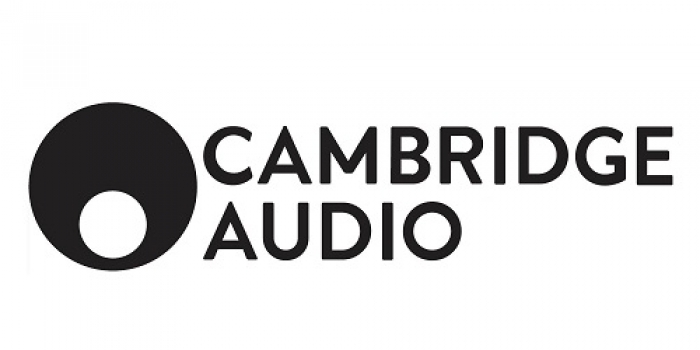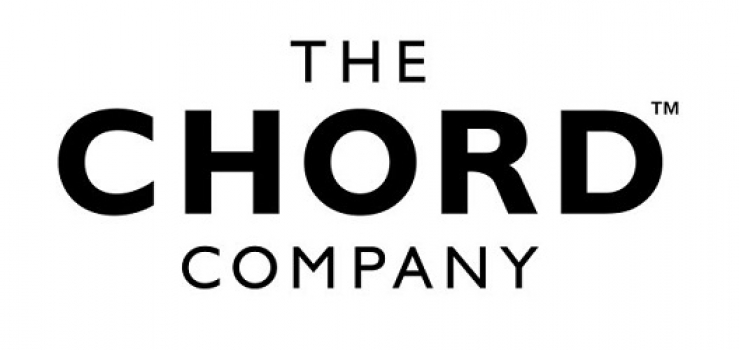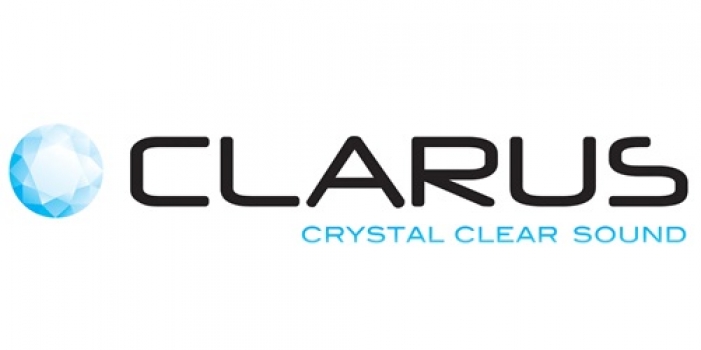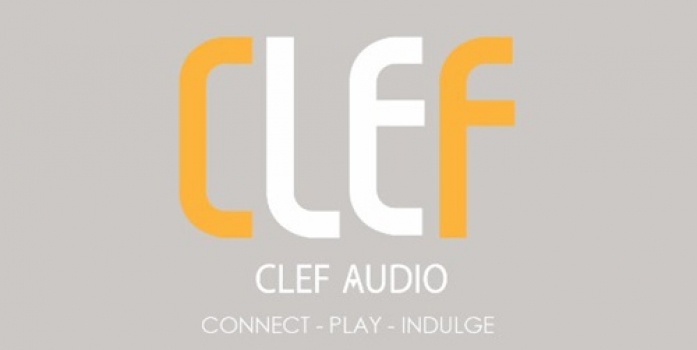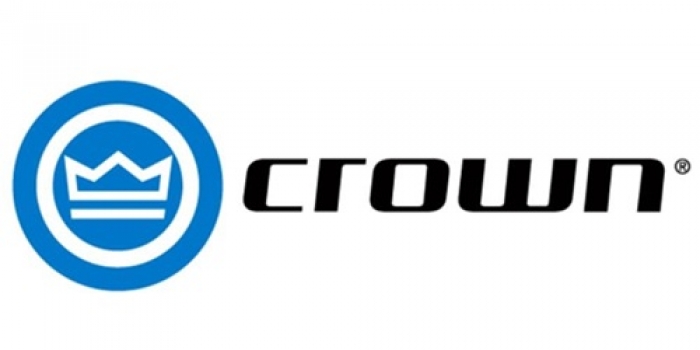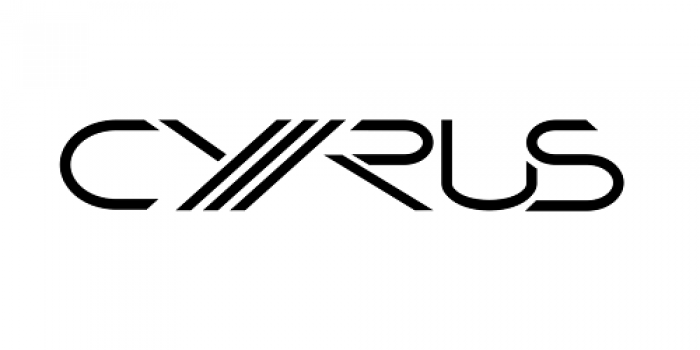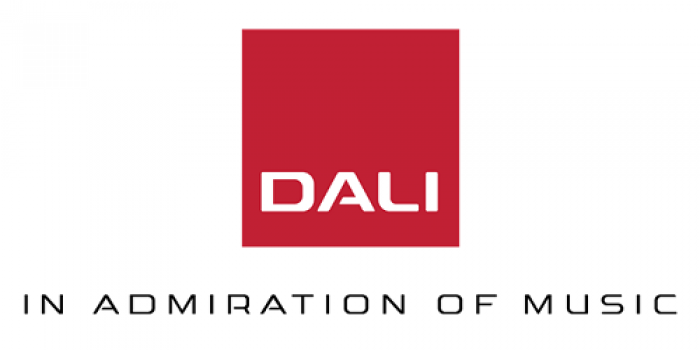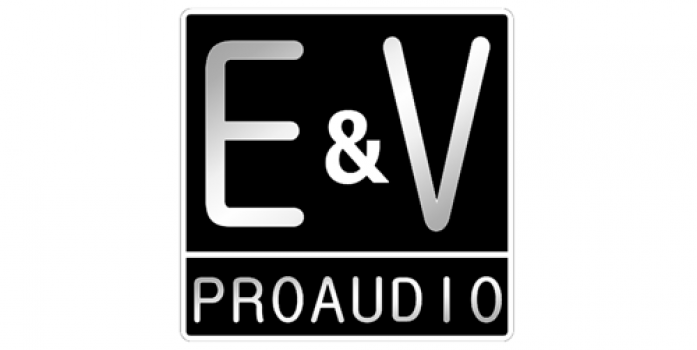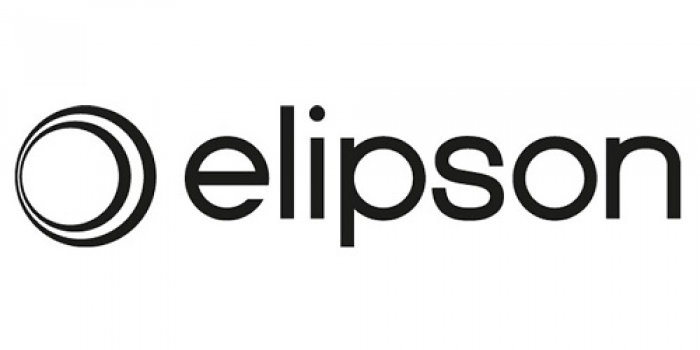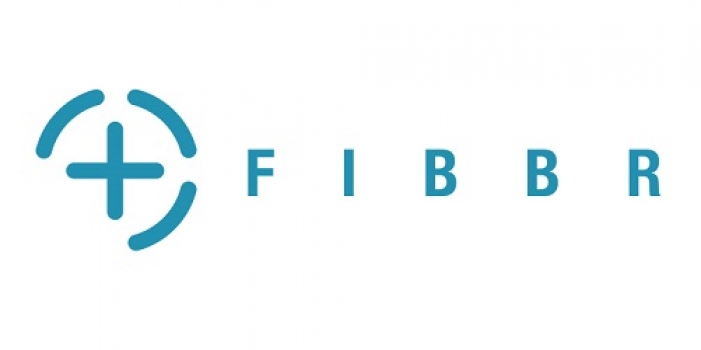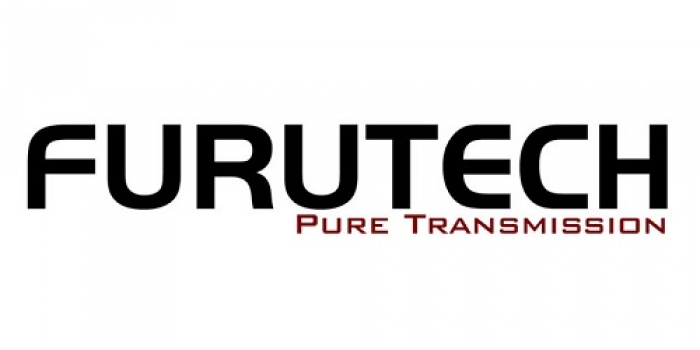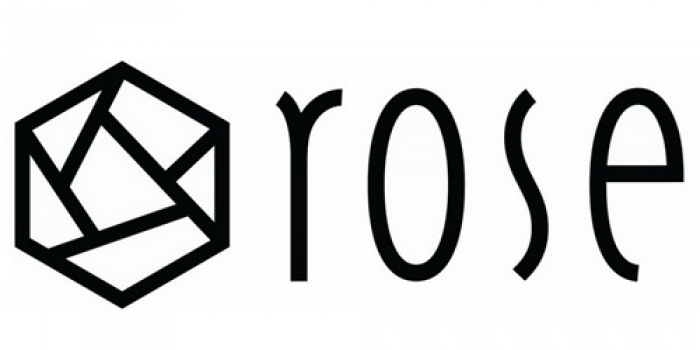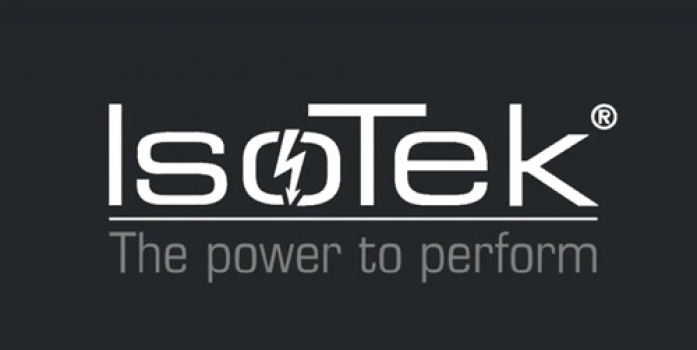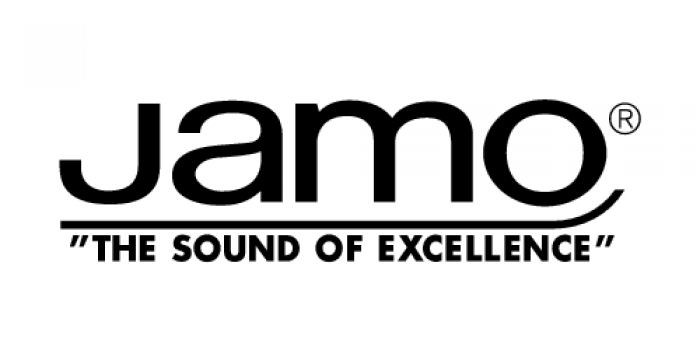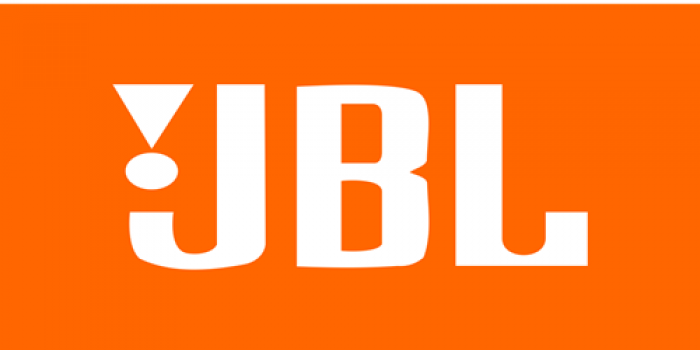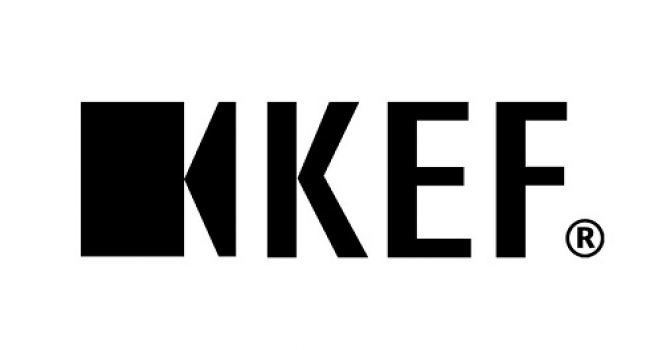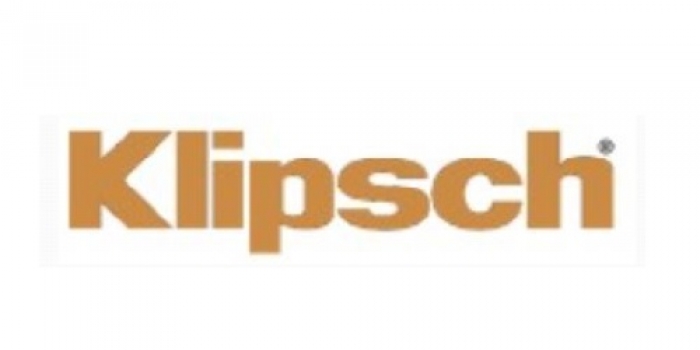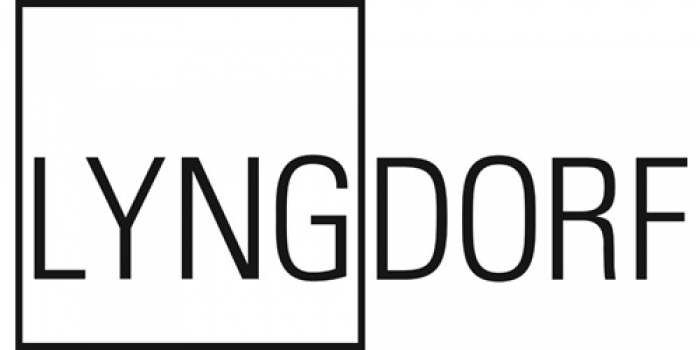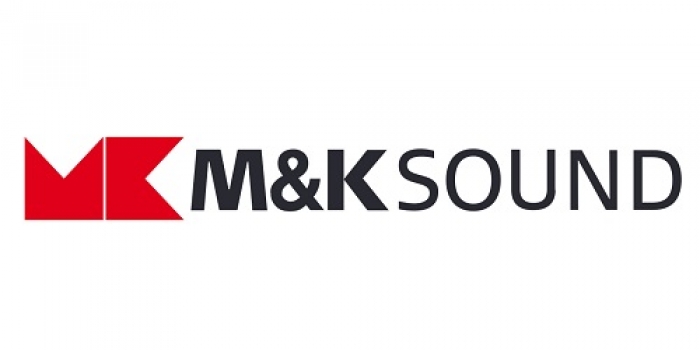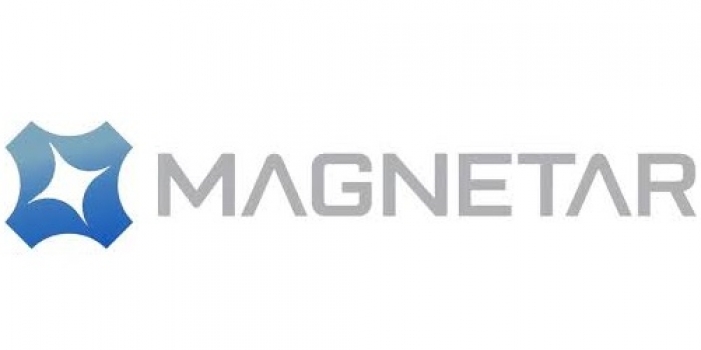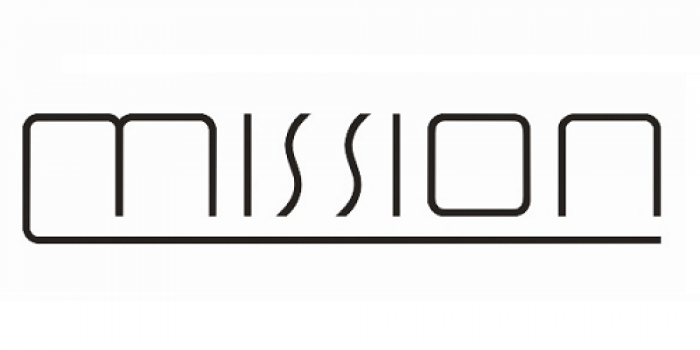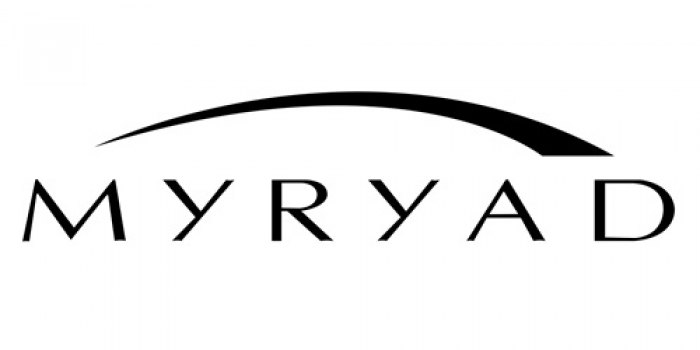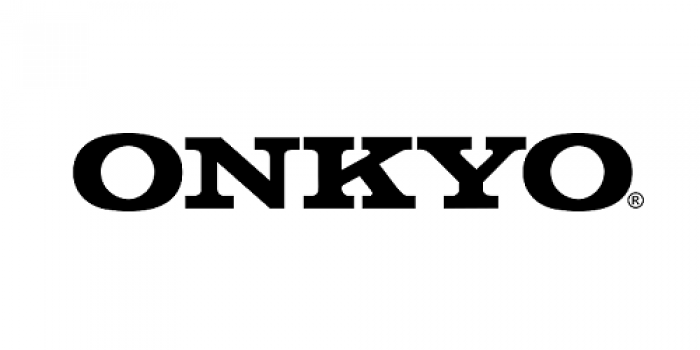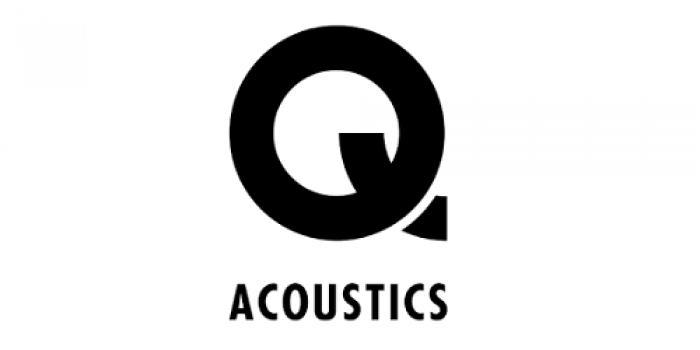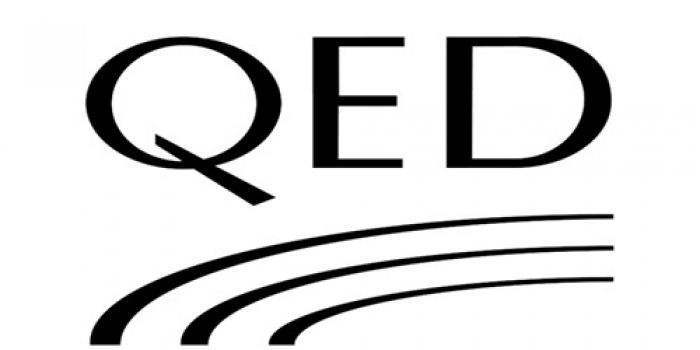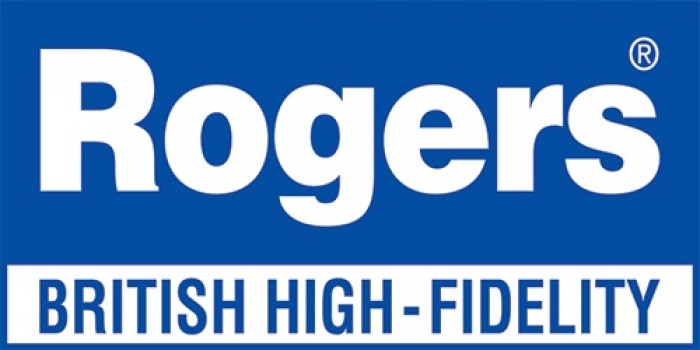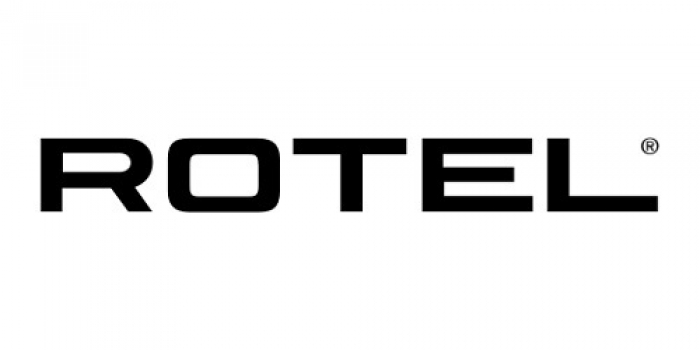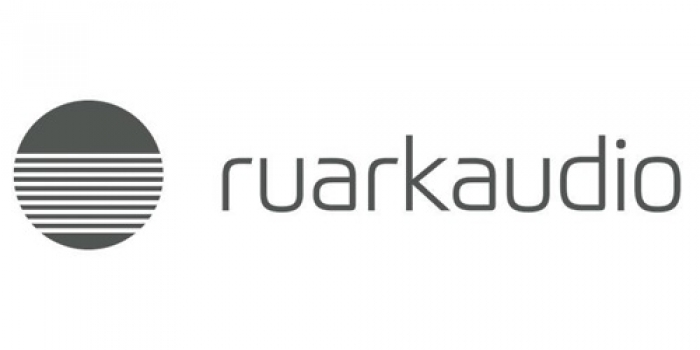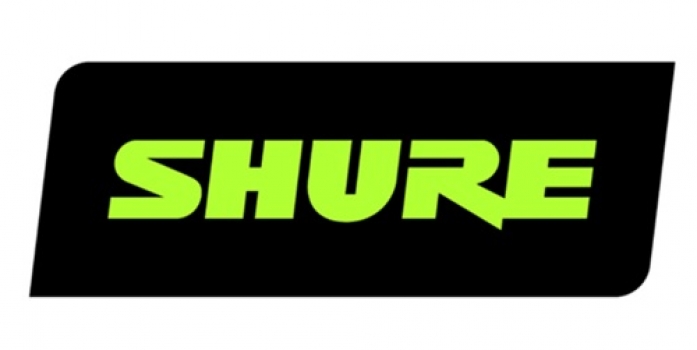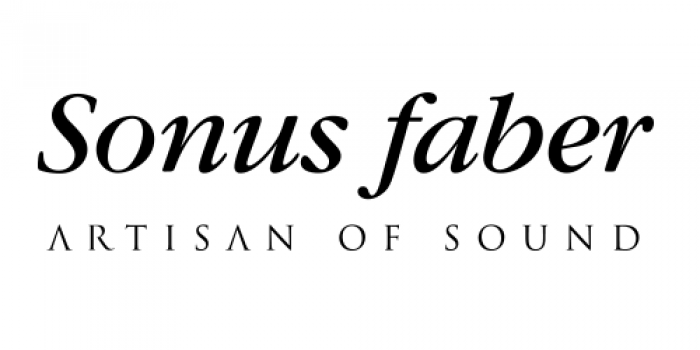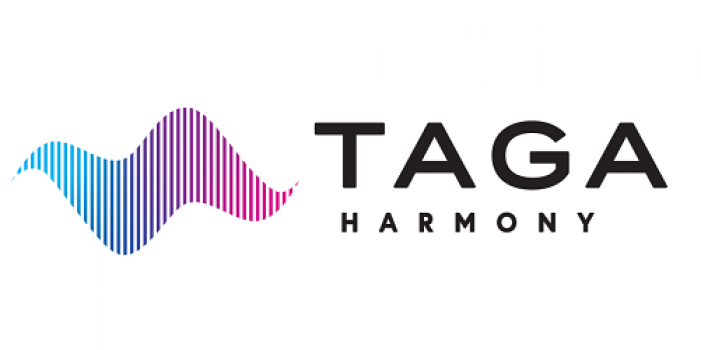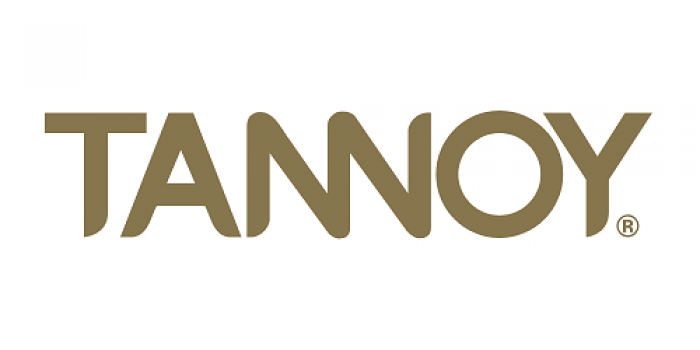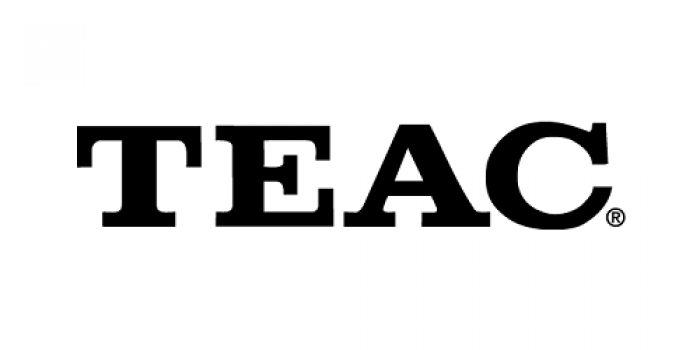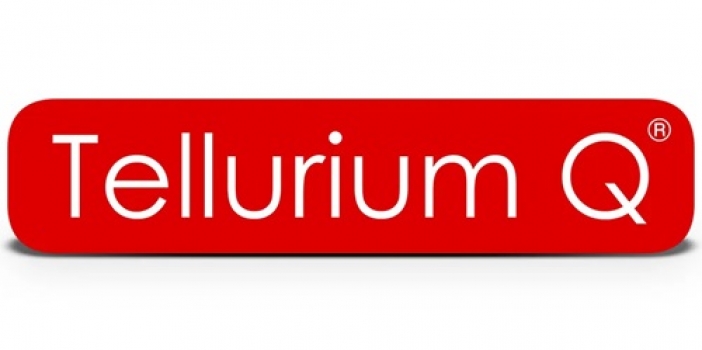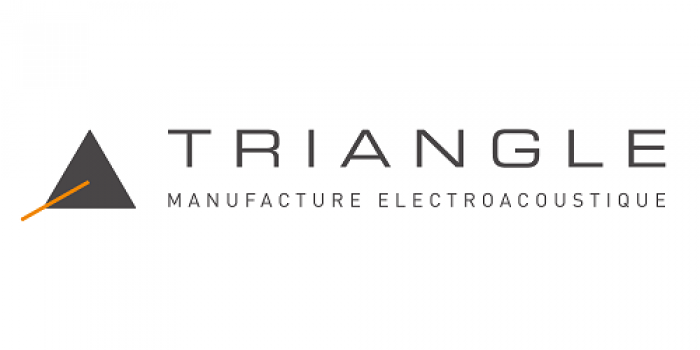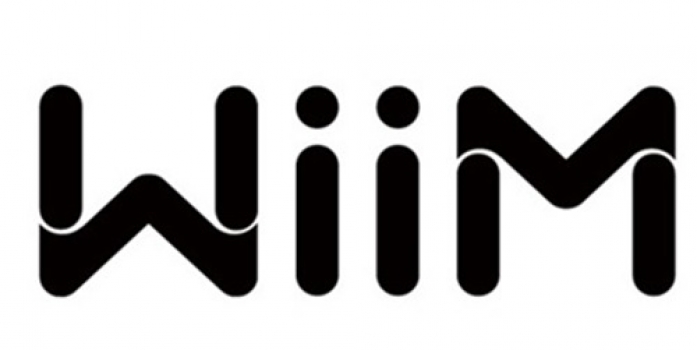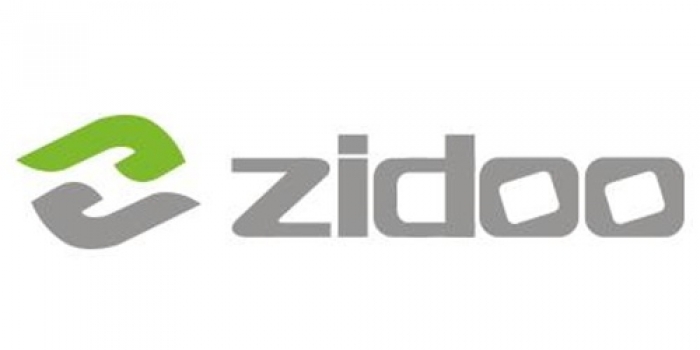Audioquest DragonFly Cobalt USB DAC/Headphone Amplifier
SKU: Audioquest Dragonfly ColbaltMagazine Review Available Now, Please Press Review Button Below.
User Reviews Available Now, Please Click On The Photos.
DragonFly Series
USB DAC + Preamp + Headphone Amp
From MP3 to MQA and High-Res: Naturally Beautiful Sound at Your Fingertips—
Whenever and Wherever You Want It
Meet Cobalt: The Most Beautiful-Sounding DragonFly Yet!
DragonFly Cobalt, our new flagship DAC, takes what music lovers around the world have come to expect from the multi-award-winning DragonFly family—naturally beautiful, seductive sound—and strips away fuzz and fog that weren't even noticeable until Cobalt removed them.
How is this possible? Like the critically acclaimed DragonFly Red, Cobalt has the robust 2.1-volt output to drive almost any headphone, uses a bit-perfect digital volume control for outstanding signal-to-noise ratio, enables seamless compatibility with Apple and Android devices, and is an exceptionally competent and affordable MQA Renderer.
COBALT'S PRECEDENT-SETTING PERFORMANCE IS MADE POSSIBLE BY MULTIPLE SIGNIFICANT UPGRADES:
- New, more advanced ESS ES9038Q2M DAC chip with a minimum-phase slow roll-off filter for more natural sound.
- Microchip's superb PIC32MX274 microprocessor draws less current and increases processing speed by 33%.
- Improved power-supply filtering that specifically increases immunity to WiFi, Bluetooth, and cellular noise.
- Includes a form-fitting DragonTail female USB-A to male USB-C Adaptor.
All DragonTails use AQ's Carbon-level USB cable.
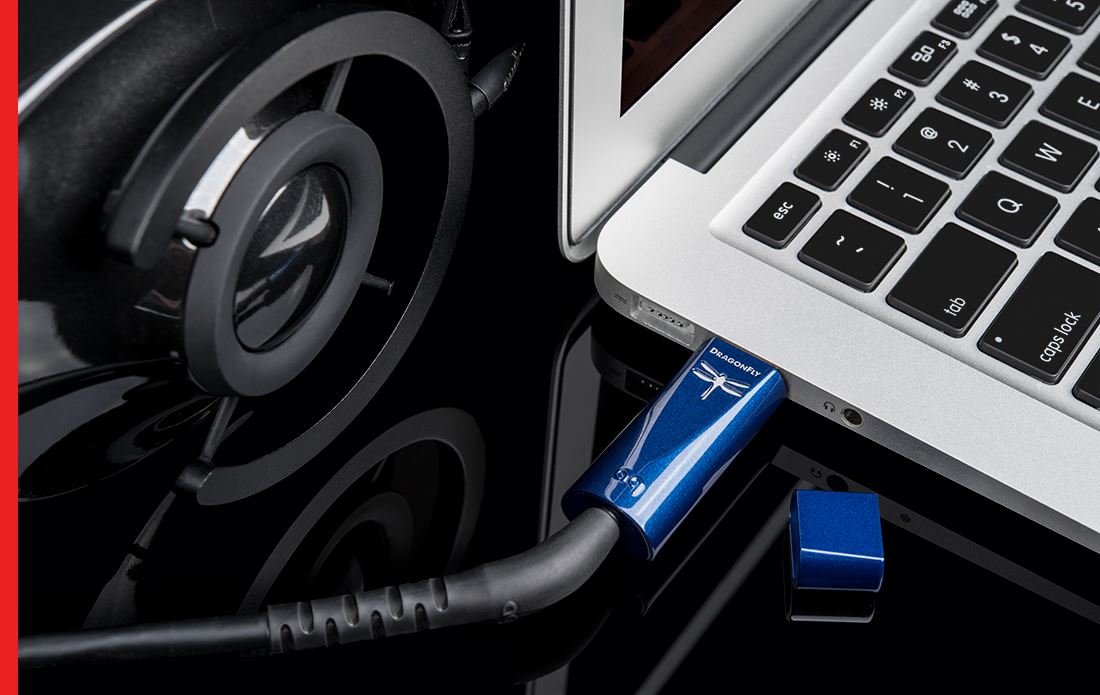
AUDIOQUEST, GORDON RANKIN: A BEAUTIFUL PARTNERSHIP
Like all previous DragonFly models, Cobalt uses Gordon Rankin's precedent-setting StreamLength® asynchronous-transfer USB code. Further, in Gordon's monoClock® technology, a single ultra-low-jitter clock generated from the ESS ES9038Q2M DAC chip runs the ESS chip functions as well as all microcontroller functions. This superior clock enables DragonFly Cobalt to provide greater resolution and clarity than DACs with multiple clocks.
WHY THE "SLOW ROLL...?"
Cobalt employs ESS's new flagship ES9038Q2M DAC chip. While the chips used in DragonFlys Black and Red are unbeatable for the price, the minimum-phase slow roll-off filter in the 9038 results in naturally expressive sound that is always emotionally engaging and never fatiguing—a beautiful combination of warmth and detail that we find equally exciting and soothing.
KILLING THE NOISE
In Cobalt, we've taken what we've learned from our recent research and development in noise dissipation to employ power-supply filtering specifically designed to dramatically reduce the increasingly prevalent noise from WiFi, Bluetooth, and cellular signals. Successfully combating this noise is absolutely crucial to the preservation of the lowest-level musical details, particularly when it comes to high-res audio—and especially when applied to a portable-audio device such as DragonFly.
BIT-PERFECT VOLUME CONTROL AND 2.1-VOLT OUTPUT
Cobalt features the same ESS Sabre 9601 headphone amp and bit-perfect volume control that give DragonFly Red its unique combination of power and grip over the music. This solution ensures maximum fidelity, thrilling dynamic contrast, and excellent signal-to-noise ratio. The 2.1-volt output makes Cobalt and Red compatible with a wide range of headphones, including power-hungry, low-efficiency models.
FIRMWARE UPGRADEABLE
DragonFlys Black, Red, and Cobalt are firmware upgradeable via our free Desktop Device Manager. In today's fast-paced digital world, longevity in a hi-fi component is increasingly rare—at any price. AudioQuest believes that today's digital devices should evolve as technology itself evolves, thereby delivering musical pleasure for many years to come. Our Desktop Device Manager will also allow you to identify your DragonFly's serial number and software version to ensure that the device is up to date. Click here to download the latest Device Manager available for your operating system.

Review photo uploaded 31/7/2023-(23/19)
AudioQuest DragonFly Cobalt review
What Hi-Fi? Awards 2019 winner. This tiny USB DAC justifies its hefty price tag Tested at £269 / $300
By What Hi-Fi? September 10, 2019

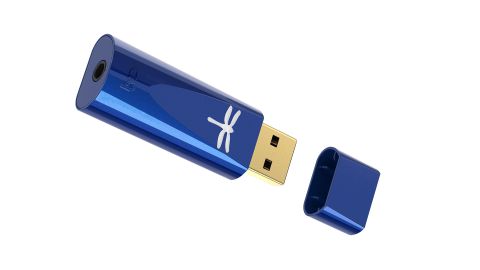
OUR VERDICT
Price has always been an attractive feature of AudioQuest’s DragonFly DACs, but the Cobalt justifies its heftier tag
FOR
- Clean and precise presentation
- Spot on timing and dynamics
- Wide file support
AGAINST
- Not the most relaxed nature
- DragonTail adaptor fits poorly
Once upon a time, the only instance in which we’d have paid over £250 for a USB stick was if we were being blackmailed. But then along came the AudioQuest DragonFly Cobalt.
The Cobalt enters the market at a new premium price point for the company’s range of portable digital-to-analogue converters, but backs up its cost with the clearest, tidiest and most dynamic presentation we’ve heard from a unit this small.
Build

The Cobalt is the first DragonFly to spread its wings since 2015, when AudioQuest introduced its Black and Red models and with them Android and iOS smartphone compatibility. In terms of fundamental functionality, we’re pleased to report little has changed since then.
These are products whose beauty is born of their simplicity, and whose plug-in-and-play approach to cleaning up the sound from your computer, or (with the included dongle) a smartphone or tablet, is much of the allure. But that isn’t to say AudioQuest has simply repackaged its cheaper DACs in a different coloured, slightly smoother edged new chassis.
Features

There are elements shared with the multiple What Hi-Fi? Award-winning DragonFly Red, including the 2.1v headphone output, bit-perfect digital volume control and MQA renderer, but there have also been a number of significant upgrades.
It begins with a new, more advanced ESS ES9038Q2M DAC chip, with which AudioQuest promises not only a clearer but more natural sound, while the PIC32MX274 microprocessor draws less current and increases processing speed by 33 per cent. Improved power supply filtering, meanwhile, is said to increase immunity to wi-fi, Bluetooth and cellular noise.
There are a couple of practical improvements too, namely the 10 per cent smaller enclosure and included DragonTail USB-A (female) to USB-C (male) adaptor for use with the growing number of electronics with connectivity for the latter.
Our only reservation is with the quality of the DragonTail adaptor. It struggles to remain connected to any of the phones we try it with, a combination of loose fitting and the weight of the Cobalt dragging it out every time we move.
Sound

The most substantial upgrade, though, is only evident when you plug the DragonFly Cobalt in; it’s in the performance.
Once attached to your laptop or smartphone, and selected as means of audio output, the DAC’s LED will shine one of six colours to indicate sampling rate: red for standby, green for 44.1kHz, blue for 48kHz, yellow for 88.2 kHz, light blue for 96kHz or purple when decoding MQA.
The Cobalt does wonders in cleaning up our laptop’s performance, no matter what kind of file we feed it or whether it’s streaming from YouTube, Spotify, Tidal or playing from our own hi-res library.
AudioQuest claims its new DAC ‘strips away fuzz and fog that weren’t even noticeable until removed’, and we’d have to agree. It is such an incredibly precise rendering that we almost feel duty bound to play our highest resolution recordings through it.
Lines are indelibly drawn round the edges of each instrument, with granular detail on offer to complement the cleanliness and military precision. The Cobalt isn’t necessarily concerned with polishing your music, only the lens through which it can be seen: bedroom recordings can still sound intimately lo-fi, purposefully screeching treble remains uncensored and grisly riffs still drag their knuckles along the floor.
You could spend your time analysing the music if you like, the Cobalt makes that easy with its wide-open soundstage and impressive clarity, but AudioQuest has not lost itself entirely in the detail, offering still a keen sense of rhythm and expressive dynamic range.
In both senses there is measurable progress. Timing is greatly improved, with beats locking in like puzzle pieces, so much so that it can sometimes leave the DragonFly Red feeling a tad lazy. The Cobalt’s hard work is also heard as it belts out grand dynamic shifts before donning its reading glasses to contour those more diminutive quivers.
The only reason some people might be put off is that the DragonFly Cobalt is a serious performer. It improves on almost every aspect of its older sibling’s Award-winning presentation, but with that added insight and maturity comes a slight loss of the fluidity that made the Red sound so human.
That doesn’t counteract any of the sonic improvements you’re getting for your premium outlay, but some may favour the Red’s more relaxed temperament.
Verdict
Our only real complaint is nothing to do with the sound, only the quality of the DragonTail adaptor. However, the sonic return is such that those wishing to use the Cobalt with their USB-C smartphone should still get one and fork out for a new adaptor instead.
If you loved the DragonFly Red as much as we did here at What Hi-Fi?, and you’re looking to make the next step up without compromising on size or form, the Cobalt represents something of a no-brainer.
SCORES
- Sound 5
- Features 4
- Build 5




